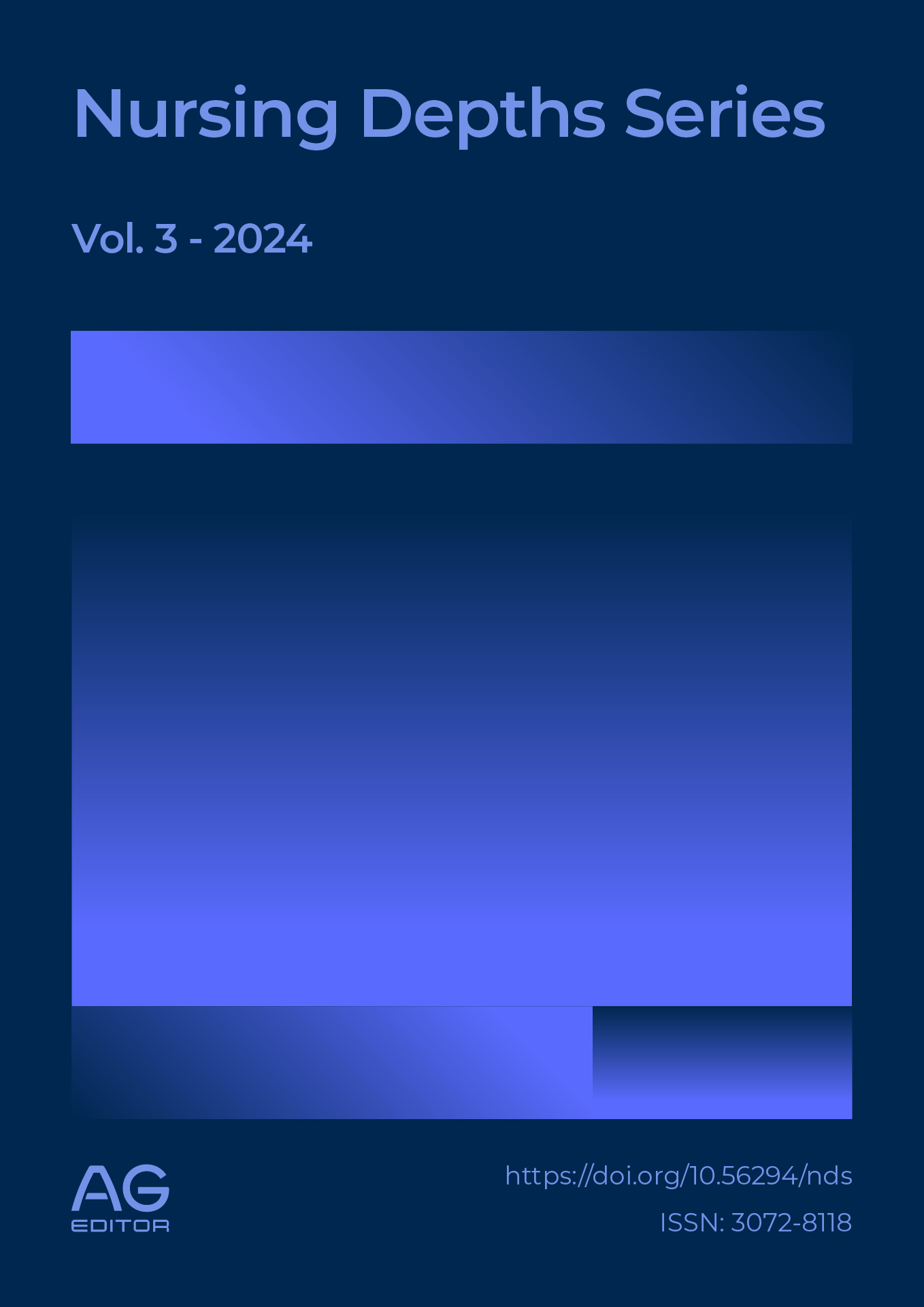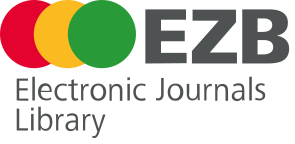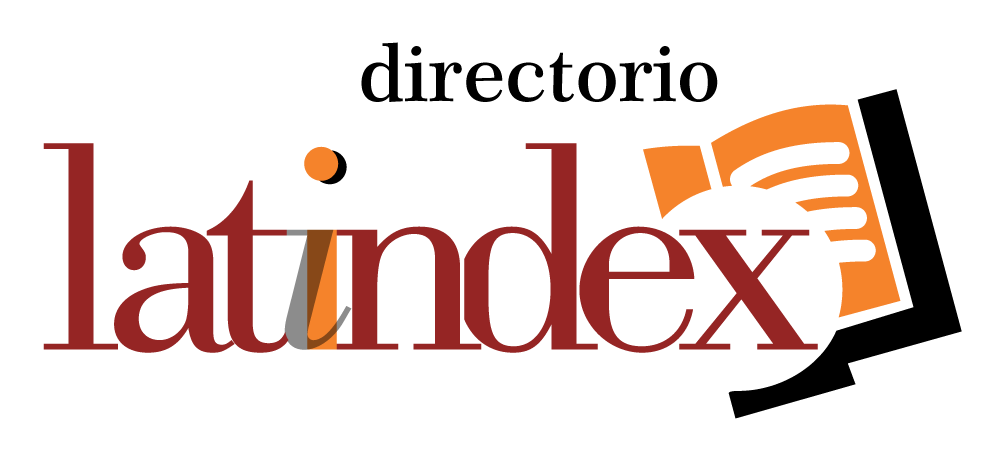Family functionality and nursing intervention in adolescents from an educational institution in an area of Lima
DOI:
https://doi.org/10.56294/nds2024116Keywords:
Mental Health, Family Health, Family Funcionality, AdolescentsAbstract
Family functionality is a set of interpersonal relationships of the adolescent, who need emotional stability and an emotional environment in which they can safely explore an unknown world, therefore, the research objective is to determine family functionality and nursing intervention in adolescents from an educational institution in an area of Lima. It is a quantitative-descriptive, cross-sectional study, with a total population of 571 participants who answered a sociodemographic data questionnaire and the family APGAR instrument. In the results, 303 (53.1%) of adolescents have severe family dysfunction, 155 (27.1%) moderate, 5 (0.9%) mild and 108 (18.9%) good family function. It is concluded that family interventions should be carried out to allow family unity and thus improve the psychoaffective health of the adolescent.
References
[1] J. Huaranga, E. Cajusol, B. Ybarra, and D. Fernández, “Resiliencia y funcionalidad familiar en estudiantes de secundaria,” Rev. Cienc. y Arte Enfermería, vol. 5, no. 2, pp. 31–36, 2020, doi: 10.24314/rcae.2020.v5n6.06. DOI: https://doi.org/10.24314/rcae.2020.v5n2.05
[2] L. Cortaza et al., “Uso de Interner, Consumo de Alcohol y Funcionalidad Familiar en Adolescentes Mexicanos,” Heal. Addict., vol. 19, no. 2, p. 59, 2019, Accessed: Dec. 09, 2022. [Online]. Available: https://ojs.haaj.org/?journal=haaj&page=article&op=view&path%5B%5D=434&path%5B%5D=pdf. DOI: https://doi.org/10.21134/haaj.v19i2.434
[3] N. Jiménez, J. Cruz, and I. Romero, “Abordaje de los estilos de crianza como herramienta para el médico familiar durante la atención del adolescente,” Atención Fam., vol. 28, no. 2, pp. 146–152, Mar. 2021, doi: 10.22201/fm.14058871p.2021.2.78806. DOI: https://doi.org/10.22201/fm.14058871p.2021.2.78806
[4] Á. Romero and R. Giniebra, “Family functionality and self-esteem in adolescents during the COVID-19 pandemic,” PSIAL Psicol. y dialogo Saberes, vol. 1, no. 1, pp. 1–18, 2022, doi: 10.5281/zenodo.5852508. DOI: https://doi.org/10.33936/psidial.v1i1.4302
[5] X. Du and Y. Kim, “Family functioning and adolescent behavior problems: A moderated mediation model of caregiver depression and neighborhood collective efficacy,” Child. Youth Serv. Rev., vol. 116, no. 1, p. 105270, 2020, doi: 10.1016/j.childyouth.2020.105270. DOI: https://doi.org/10.1016/j.childyouth.2020.105270
[6] A. Pérez and J. Moreno, “Funcionamiento familiar y calidad de vida relacionada con salud: una revisión narrativa,” Perspect. Investig. psicológica aportes a la comprensión e Interv. Probl. Soc., pp. 55–71, 2021, doi: 10.14718/9789585133808.2021.4. DOI: https://doi.org/10.14718/9789585133808.2021.4
[7] A. Esteves, R. Paredes, C. Calcina, and C. Yapuchura, “Habilidades Sociales en adolescentes y Funcionalidad Familiar,” Comuni@cción Rev. Investig. en Comun. y Desarro., vol. 11, no. 1, pp. 16–27, Jun. 2020, doi: 10.33595/2226-1478.11.1.392. DOI: https://doi.org/10.33595/2226-1478.11.1.392
[8] J. Vallejos and E. Vega, “Funcionalidad familiar, satisfacción con la vida y trastornos alimentarios en estudiantes universitarios,” Rev. Española Nutr. Comunitaria, vol. 26, no. 3, pp. 1–7, 2020, Accessed: Dec. 09, 2022. [Online]. Available: https://dialnet.unirioja.es/servlet/articulo?codigo=7623544.
[9] R. Shao et al., “Prevalence of depression and anxiety and correlations between depression, anxiety, family functioning, social support and coping styles among Chinese medical students,” BMC Psychol., vol. 8, no. 38, pp. 1–19, Apr. 2020, doi: 10.1186/s40359-020-00402-8. DOI: https://doi.org/10.1186/s40359-020-00402-8
[10] L. Garcia, M. Quevedo, I. Boyeros, and E. Ravelo, “Risk behavior and family functioning in adolescentes with suicide attempt,” Rev. Electron. Medimay, vol. 28, no. 3, pp. 312–322, 2021, Accessed: Dec. 09, 2022. [Online]. Available: https://revcmhabana.sld.cu/index.php/rcmh/article/view/1526/pdf.
[11] A. Davalos, E. Barrera, A. Emigdio, N. Blanco, and B. Velez, “Funcionalidad familiar y violencia en mujeres adolescentes de Acapulco, México,” Rev. Dilemas Contemp. Polit. y valores, pp. 1–14, 2021, Accessed: Dec. 09, 2022. [Online]. Available: https://www.scielo.org.mx/pdf/dilemas/v8nspe4/2007-7890-dilemas-8-spe4-00067.pdf.
[12] S. Mastrotheodoros, C. Canário, M. Gugliandolo, M. Merkas, and L. Keijsers, “Family Functioning and Adolescent Internalizing and Externalizing Problems: Disentangling between-, and Within-Family Associations,” J. Youth Adolesc., vol. 49, no. 4, pp. 804–817, Apr. 2020, doi: 10.1007/s10964-019-01094-z. DOI: https://doi.org/10.1007/s10964-019-01094-z
[13] M. Pérez, M. Molero, A. Barragan, and J. Gázquez, “Family functioning, emotional intelligence, and values: Analysis of the relationship with aggressive behavior in adolescents,” Int. J. Environ. Res. Public Health, vol. 16, no. 3, pp. 1–14, Feb. 2019, doi: 10.3390/ijerph16030478. DOI: https://doi.org/10.3390/ijerph16030478
[14] Y. Cui et al., “The prevalence of behavioral and emotional problems among Chinese school children and adolescents aged 6–16: a national survey,” Eur. Child Adolesc. Psychiatry, vol. 30, no. 2, pp. 233–241, Feb. 2021, doi: 10.1007/s00787-020-01507-6. DOI: https://doi.org/10.1007/s00787-020-01507-6
[15] A. Nuñez, L. Reyes, M. Sanchez, F. Carmona, J. Acosta, and E. Moya, “Ideación suicida y funcionalidad familiar en adolescentes del caribe colombiano,” Arch. Venez. Farmacol. y Ter., vol. 39, no. 1, pp. 79–92, 2020, doi: 10.5281/zenodo.4065042.
[16] S. Reyes and M. Oyola, “Funcionalidad familiar y conductas de riesgo en estudiantes universitarios de ciencias de la salud,” Rev. Investig. en Comun. y Desarro., vol. 13, no. 2, pp. 127–137, Jun. 2022, doi: 10.33595/2226-1478.13.2.687. DOI: https://doi.org/10.33595/2226-1478.13.2.687
[17] C. Fernández and P. Baptista, “Metodología de la Investigación.” p. 634, 2015, [Online]. Available: http://observatorio.epacartagena.gov.co/wp-content/uploads/2017/08/metodologia-de-la-investigacion-sexta-edicion.compressed.pdf.
[18] M. Cuba and M. Espinoza, “Apgar Familiar : Una Herramienta Para Detectar Disfunción Familiar,” Rev. Medica La Paz., vol. 20, no. 1, pp. 53–57, 2014, [Online]. Available: http://www.scielo.org.bo/pdf/rmcmlp/v20n1/v20n1_a10.pdf.
Published
Issue
Section
License
Copyright (c) 2024 Susan Gutiérrez-Rodríguez, Niels Romero-Alva, Jorge Arturo Zapana-Ruiz (Author)

This work is licensed under a Creative Commons Attribution 4.0 International License.
The article is distributed under the Creative Commons Attribution 4.0 License. Unless otherwise stated, associated published material is distributed under the same licence.






